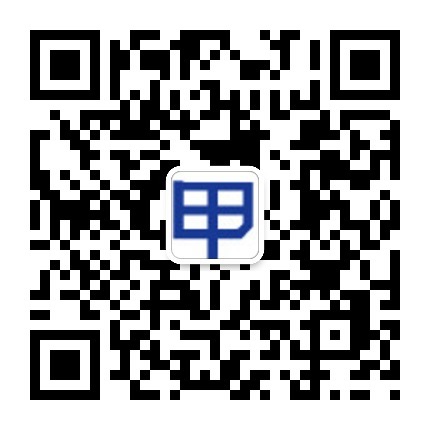Bilingual education refers to a program in which students are taught academic content in two languages. The aim is to develop proficiency and literacy in both languages, with the ultimate goal of bilingualism and biliteracy.Bilingual education programs can take different forms, such as dual-language immersion programs and transitional bilingual programs. In dual-language immersion programs, students are taught in both languages throughout their education. The goal is for students to become proficient in both languages and achieve academic success in both. Transitional bilingual programs, on the other hand, provide academic content in the student's native language while gradually transitioning to instruction in the second language.Bilingual education has several benefits. First, it allows students to develop proficiency in multiple languages, which can be a valuable asset in an increasingly globalized world. Bilingual individuals have more job opportunities and can communicate with a wider range of people. Additionally, bilingual education can enhance cognitive skills, such as problem-solving and critical thinking, as research suggests that bilingual individuals have a cognitive advantage.Moreover, bilingual education promotes cultural diversity and understanding. Students in bilingual programs have the opportunity to learn about different cultures and perspectives, which fosters tolerance and empathy. It also allows students to maintain their heritage language and culture, which is essential for preserving cultural identity.However, bilingual education also faces some challenges. It requires qualified teachers who are proficient in both languages and have experience in teaching bilingual students. Funding can also be an issue, as implementing bilingual programs can be costly. Moreover, there might be resistance or pushback from some communities who view bilingual education as a threat to the dominance of a particular language or culture.In conclusion, bilingual education is a program that aims to develop proficiency in two languages and promote bilingualism and biliteracy. It has numerous benefits, such as increased job opportunities, cognitive advantages, and cultural diversity. However, it also presents challenges, such as the need for qualified teachers and funding. Overall, bilingual education is an important tool for fostering language skills, cultural understanding, and global citizenship.


